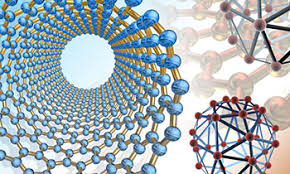Mechanical and Materials Engineering, Department of

Department of Mechanical and Materials Engineering: Faculty Publications
ORCID IDs
http://orcid.org/0000-0002-9409-7522
Document Type
Article
Date of this Version
8-7-2019
Citation
The Author(s). 2019 Open Access
Abstract
Mesenchymal stem cells (MSCs) show tremendous promise as a cell source for tissue engineering and regenerative medicine, and are understood to be mechanosensitive to external mechanical environments. In recent years, increasing evidence points to nuclear envelope proteins as a key player in sensing and relaying mechanical signals in MSCs to modulate cellular form, function, and differentiation. Of particular interest is the Linker of Nucleoskeleton and Cytoskeleton (LINC) complex that includes nesprin and SUN. In this review, the way in which cells can sense external mechanical environments through an intact nuclear envelope and LINC complex proteins will be briefly described. Then, we will highlight the current body of literature on the role of the LINC complex in regulating MSC function and fate decision, without and with external mechanical loading conditions. Our review and suggested future perspective may provide a new insight into the understanding of MSC mechanobiology and related functional tissue engineering applications.
Included in
Mechanics of Materials Commons, Nanoscience and Nanotechnology Commons, Other Engineering Science and Materials Commons, Other Mechanical Engineering Commons


Comments
Bouzid et al. Journal of Biological Engineering (2019) 13:68